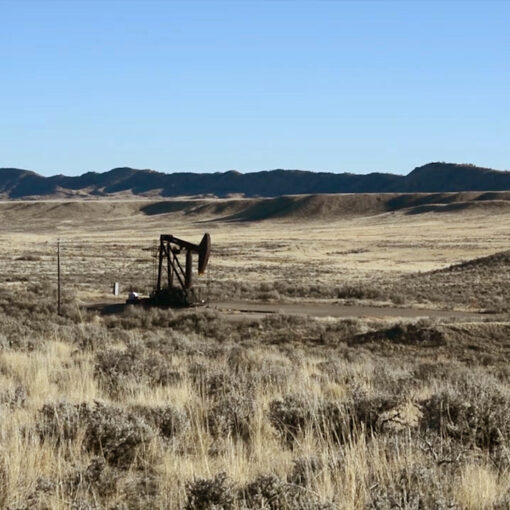 Achieving the Paris Agreement’s goal of limiting warming to “well below” 2oC above pre-industrial levels will require an immediate and dramatic reduction in greenhouse gas emissions which must reach “net zero” around mid-century. This will likely necessitate the use of so-called “negative emissions technologies” that can remove greenhouse gases from the atmosphere to offset emissions from hard-to-eliminate sources (e.g., heavy industry). Initial research has primarily focused on terrestrial-based negative emissions technologies, such as direct air capture and bioenergy with carbon capture and storage, but those approaches may have large land requirements and other drawbacks. This has prompted growing interest in ocean-based approaches, including ocean alkalinity enhancement and seaweed cultivation. In a new white paper, published online today, the Sabin Center examines the international and U.S. legal frameworks applicable to those activities.
Achieving the Paris Agreement’s goal of limiting warming to “well below” 2oC above pre-industrial levels will require an immediate and dramatic reduction in greenhouse gas emissions which must reach “net zero” around mid-century. This will likely necessitate the use of so-called “negative emissions technologies” that can remove greenhouse gases from the atmosphere to offset emissions from hard-to-eliminate sources (e.g., heavy industry). Initial research has primarily focused on terrestrial-based negative emissions technologies, such as direct air capture and bioenergy with carbon capture and storage, but those approaches may have large land requirements and other drawbacks. This has prompted growing interest in ocean-based approaches, including ocean alkalinity enhancement and seaweed cultivation. In a new white paper, published online today, the Sabin Center examines the international and U.S. legal frameworks applicable to those activities.
Removing Carbon Dioxide Through Ocean Alkalinity Enhancement and Seaweed Cultivation: Legal Challenges and Opportunities is the third in a series of Sabin Center white papers exploring legal issues associated with use of the oceans to store carbon dioxide. Previous papers have discussed the storage of captured carbon in sub-seabed geologic formations off the east and west coasts of the U.S. Our latest paper focuses on two alternative approaches:
- ocean alkalinity enhancement, which involves adding alkalinity to ocean waters, either by discharging alkaline rocks or through an electrochemical process, which increases ocean pH levels and thereby enables greater uptake of carbon dioxide, which is ultimately stored in carbonate sediments on the ocean floor; and
- seaweed cultivation, which involves the growing of kelp and other macroalgae to store carbon in biomass, which can then either be used to replace more greenhouse gas-intensive products or sunk in the deep ocean, where the carbon would remain sequestered for centuries to millions of years.
As explained in our paper, depending on where they occur, ocean alkalinity enhancement and seaweed cultivation projects could be subject to a variety of international, national, state, and/or local laws. Our paper focuses on international and U.S. law applicable to ocean alkalinity enhancement and seaweed cultivation. While no international or U.S. federal laws explicitly govern these activities, general environmental and other laws may impose permitting and other requirements before they are pursued.
Subsequent papers will discuss the laws governing ocean alkalinity enhancement and seaweed cultivation in select other coastal countries. We will also explore the legal framework for other ocean-based carbon storage techniques, such as ocean fertilization and artificial upwelling and downwelling, at both the international level and in select countries.
This is test biographical description.




